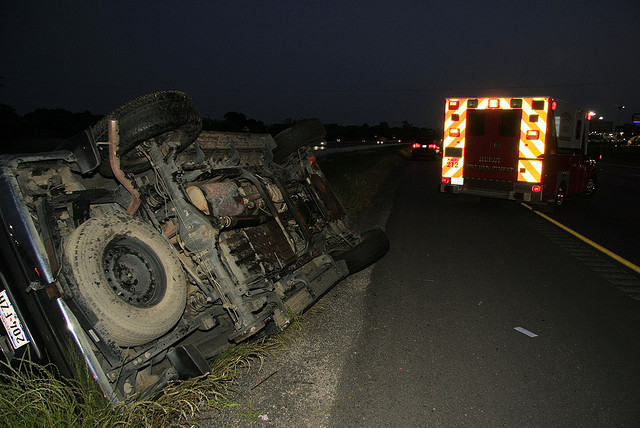A California report finally compared the state with others: It is not a pretty picture.
On Aug. 5, 2014, the Workers’ Compensation Insurance Rating Bureau of California (WCIRB) released its first-ever “State of the System” report. This was an outstanding, in-depth look at the trends and cost drivers in California workers’ compensation. I encourage you to read the full report
here. Given that California now constitutes 25% of the total nationwide workers’ compensation premiums, these issues have a significant impact on larger employers that do business in the state.
I have been involved with California’s workers’ compensation system for years, including participating in many discussions on potential legislative reforms. One thing I have always found frustrating is that California has a tendency to evaluate progress on workers’ compensation issues based on its history, alone, without comparing itself to other states. That’s why I found the most compelling information in the report to be the comparative analysis of California to other jurisdictions. This did not paint a pretty picture.
According to 2009 data, California ranks eighth in indemnity claim frequency per 1,000 employees, more than 46% higher than the median state. The recent trend makes this even worse because, since 2009, the nationwide trend has been a decrease in frequency rates while California has been increasing.
California ranked seventh in 2009 in the percentage of indemnity claims with permanent disability benefits paid – 13% above the median. Once again, the trend makes this much worse as every state that ranked higher than California has passed legislation aimed at reducing workers’ compensation costs. SB 863, passed in California two years ago, increased permanent disability benefits, and there has been a corresponding increase in the percentage of claims receiving these benefits.
Finally, California rankedthird in incurred medical benefits per indemnity claim, with costs that were more than 70% higher than the median state. SB 863 focused on reducing frictional costs to the system caused by medical treatment and billing disputes. It did nothing to change the physician behaviors that continue to drive medical costs higher. According to WCRI and CCWC research, nearly half of all pharmacy prescriptions were physician-dispensed, and prescriptions for Schedule II and Schedule III opioid pain medications have continued to rise.
Employers looking to open a new manufacturing or distribution facility are looking at comparisons between different state workers’ compensation systems, and other states are using workers’ compensation reform to make their states more attractive to businesses and job growth.
My hope is that the WCIRB report serves as a starting point for California to compare itself to other states when evaluating the workers’ compensation system and where reform is needed. We need to move past the thought that things are just done differently in California because that is the way it has always been.
Finally, the WCIRB study provides a great lead-in for the California Workers’ Compensation & Risk Conference, which is Sept. 10-12 in Dana Point. You can view the conference agenda
here. I will be moderating the opening panel at this conference, which features a variety of stakeholders debating the impact of SB 863 and offering suggestions for improving California’s workers’ compensation system.


